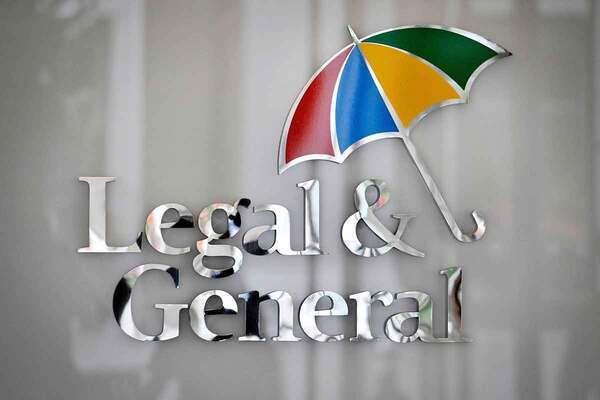Latest SHPS valuation brings good news – and tough choices for social housing employers
Katy Taylor, director of public service pensions at Isio, says the latest Social Housing Pension Scheme (SHPS) valuation brings good news but tough choices for employers
Social housing employers have plenty to consider following the latest three-year valuation of the SHPS.
This valuation brings good news, but could it have been much better? Future service costs are down by 60 per cent, but per-member administration costs will be up by 60 per cent (from 2027-28) at the same time.
And while other defined benefit pension schemes are grappling with how to use new surpluses in a purposeful way, SHPS employers still continue to fund a deficit.
The most striking thing is the dramatic fall in the cost of future service defined benefits – to much less than half of the costs set three years ago.
This is due to the dramatic increase in gilt yields and is a game-changer for SHPS employers still offering defined benefits.
A traditional 1/60th final salary scheme now comes with a total cost of only 16 per cent of salary – a far cry from recent years of defined benefit pensions being unaffordable.
This means there is some fresh thinking to be done on the right type and shape of benefits for the sector, a long-term, asset-rich sector with employers that might be prepared to take on some defined benefit risk at much lower cost.
Meanwhile, the Living Pension accreditation, more focus on housing and pensions linked together, a need for long-term savings flexibilities and new collective defined benefit schemes can all be added into the mix.
The past service deficit has also more than halved, from just under £1.6bn to around £700m. However, this comes with a different story, as the ratio of assets to liabilities has only fallen by two per cent.
Yes, the liabilities have been reduced by gilt yields, but the hedged assets have also fallen, so this is not the only reason for the deficit reduction.
New deficit contributions are falling by 12 per cent on average with lower annual increases, but employers won’t know how it affects them until September.
Pension funds that have not been hedged, like the Local Government Pension Scheme (LGPS), have experienced much bigger recent improvements in funding levels, raising questions around the prudent investment approach of TPT, which administers the SHPS.
Going forward, especially taking into account chancellor Rachel Reeves’ mission to invest more pension assets into equities, infrastructure and housing, there is a big question around the right balance between contributions and target investment returns, especially as it appears that the sector covenant continues to be assessed as strong.
While pension costs have come down, there are a couple of stings in the tail. The main one is the significant increase in scheme expenses. Expenses per employee are set to increase by around a third from April 2025 and by 60 per cent, to £126 per employee, from April 2027.
Also, it comes as a surprise that the current 1/120th benefit tier is no longer available. Finally, the shadow of the benefit reviews still looms large, with a potential four per cent hit to liabilities.
We would expect social housing employers to focus on three things now.
First, is the balance of investment returns and contributions right? If not, can this be better achieved outside the SHPS? Second, especially for those offering defined benefits, what is the right new offer for employees? Third, TPT’s governance and costs, in particular how the increased expenses are to be deployed.
This valuation appears good news on the face of it, but could it have been much better?
Other UK defined benefit pension schemes and their sponsors – including the sector’s other big exposure, the LGPS – are grappling with how to use large surpluses in a purposeful way, whereas the SHPS is still deciding how to pay off a deficit.
The funding and investment approach appears to have become even more prudent, despite the strength of the sector and its ability to absorb managed investment risk to obtain returns (and limit employer contributions).
The TPT benefit review is ongoing and is expected to add more liabilities and costs from the next valuation.
These are the big questions for TPT and for sponsors willing to understand and flex their own control and choices.
Katy Taylor, director of public service pensions, Isio
Response from TPT Retirement Solutions
“The SHPS 2023 valuation has focused on affordability for employers, given sector cash constraints and spending priorities. It has delivered a 55 per cent reduction in scheme deficit and a 12 per cent reduction in employer deficit contributions. Employers contribute towards the expenses of running SHPS, which include regulatory levies and external advice costs. Costs have been kept low for many years, however, SHPS is not immune to external factors, such as increasing advisory costs, which also impact other pension providers. The number of member calculations we complete has also increased by over a third, as members engage more with their pensions.
“TPT regularly benchmarks running costs to ensure these are competitive and represent good value for money. Most SHPS employers will see expenses increase by less than 30 per cent from 2024-25. TPT’s member administration regularly wins awards, including Pensions Age’s provider of the year in 2022. We are also investing to improve the experience for employers and give members even better service from us.”
Sign up for Social Housing’s weekly news bulletin
Social Housing’s weekly news bulletin delivers the latest news and insight across finance and funding, regulation and governance, policy and strategy, straight to your inbox. Meanwhile, news alerts bring you the biggest stories as they land.
Already have an account? Click here to manage your newsletters.
RELATED











